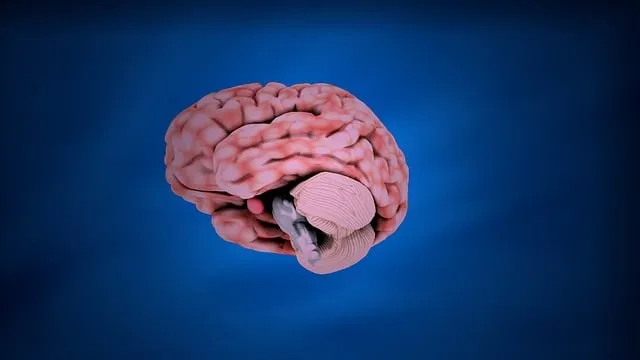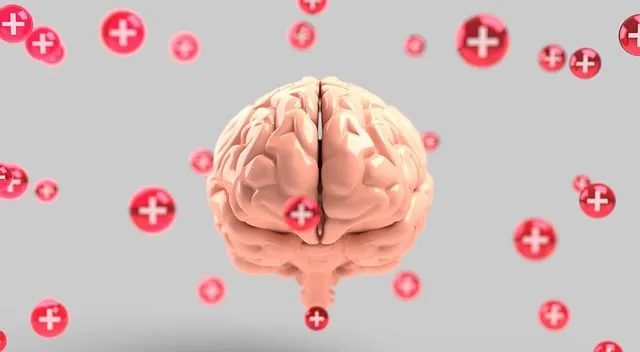The Centennial Kaiser Permanente mental health center, owned by a forward-thinking institution, prioritizes safety and support through comprehensive risk assessment. This process identifies potential hazards, evaluates their impact on patient well-being, and enables targeted harm minimization strategies. By integrating self-awareness exercises, cultural sensitivity, and proactive measures like personalized care plans, the center revolutionizes mental healthcare, fostering a healing environment that empowers individuals to manage their mental health effectively.
Risk assessment and harm minimization planning are essential components of creating safe environments, particularly in mental health settings. This article explores these concepts through a comprehensive lens, beginning with understanding risk assessment as a foundational tool for safety. We then delve into harm minimization strategies specifically tailored for mental health centers, using the Centennial Kaiser Permanente Mental Health Center by owner as a compelling case study in effective risk management.
- Understanding Risk Assessment: A Foundation for Safe Environments
- Harm Minimization Planning: Strategies for Mental Health Centers
- The Centennial Kaiser Permanente Mental Health Center by Owner: A Case Study in Risk Management
Understanding Risk Assessment: A Foundation for Safe Environments

Risk assessment is a cornerstone in creating safe and supportive environments, especially within healthcare facilities like the Centennial Kaiser Permanente mental health center by owner. It involves systematically identifying potential hazards and evaluating their likelihood and potential impact on individuals’ well-being. By understanding risk factors, centers can implement targeted strategies to minimize harm and promote positive outcomes for patients.
This process requires a comprehensive approach, considering various aspects of patient care, including but not limited to, self-esteem improvement and the development of a self-care routine for better mental health. It involves analyzing physical surroundings, clinical practices, and even organizational culture. Incorporating mind over matter principles can empower individuals to take charge of their mental well-being, fostering an environment where proactive harm minimization planning thrives.
Harm Minimization Planning: Strategies for Mental Health Centers

Harm Minimization Planning plays a pivotal role in ensuring the well-being and safety of individuals seeking support at mental health centers like the Centennial Kaiser Permanente facility owned by its dedicated staff. These strategies involve proactive measures to anticipate potential risks and implement effective interventions, fostering an environment that promotes healing and recovery.
Centennial Kaiser Permanente’s approach integrates Self-Awareness Exercises and Cultural Sensitivity in Mental Healthcare Practice to enhance patient care. By encouraging self-reflection among staff and promoting culturally responsive practices, the center aims to create a safe space for all individuals. This includes providing Crisis Intervention Guidance tailored to diverse populations, ensuring that every patient receives personalized support. Such initiatives not only mitigate risks but also revolutionize mental healthcare, making it more inclusive and effective.
The Centennial Kaiser Permanente Mental Health Center by Owner: A Case Study in Risk Management

The Centennial Kaiser Permanente Mental Health Center, owned by a forward-thinking institution, serves as an excellent case study in risk management within the healthcare sector. This center has implemented comprehensive strategies to ensure patient safety and well-being while mitigating potential risks. By prioritizing self-awareness exercises and emotional intelligence training for both staff and patients, they foster an environment conducive to early intervention and conflict resolution techniques.
These proactive measures aim to identify and address issues before they escalate. The center’s risk assessment protocols involve regular reviews of patient profiles, ensuring that personalized care plans are in place. Through such initiatives, Centennial Kaiser Permanente demonstrates its commitment to harm minimization, setting a benchmark for other mental health facilities to emulate.
Risk assessment and harm minimization planning are essential components of creating safe environments, as demonstrated by the successful strategies employed at the Centennial Kaiser Permanente Mental Health Center. By thoroughly understanding risk assessment and implementing comprehensive plans, mental health centers can significantly reduce potential harms and improve patient care. The case study highlights how proactive ownership and management can revolutionize risk management, ensuring a secure and supportive environment for those seeking mental health services.






